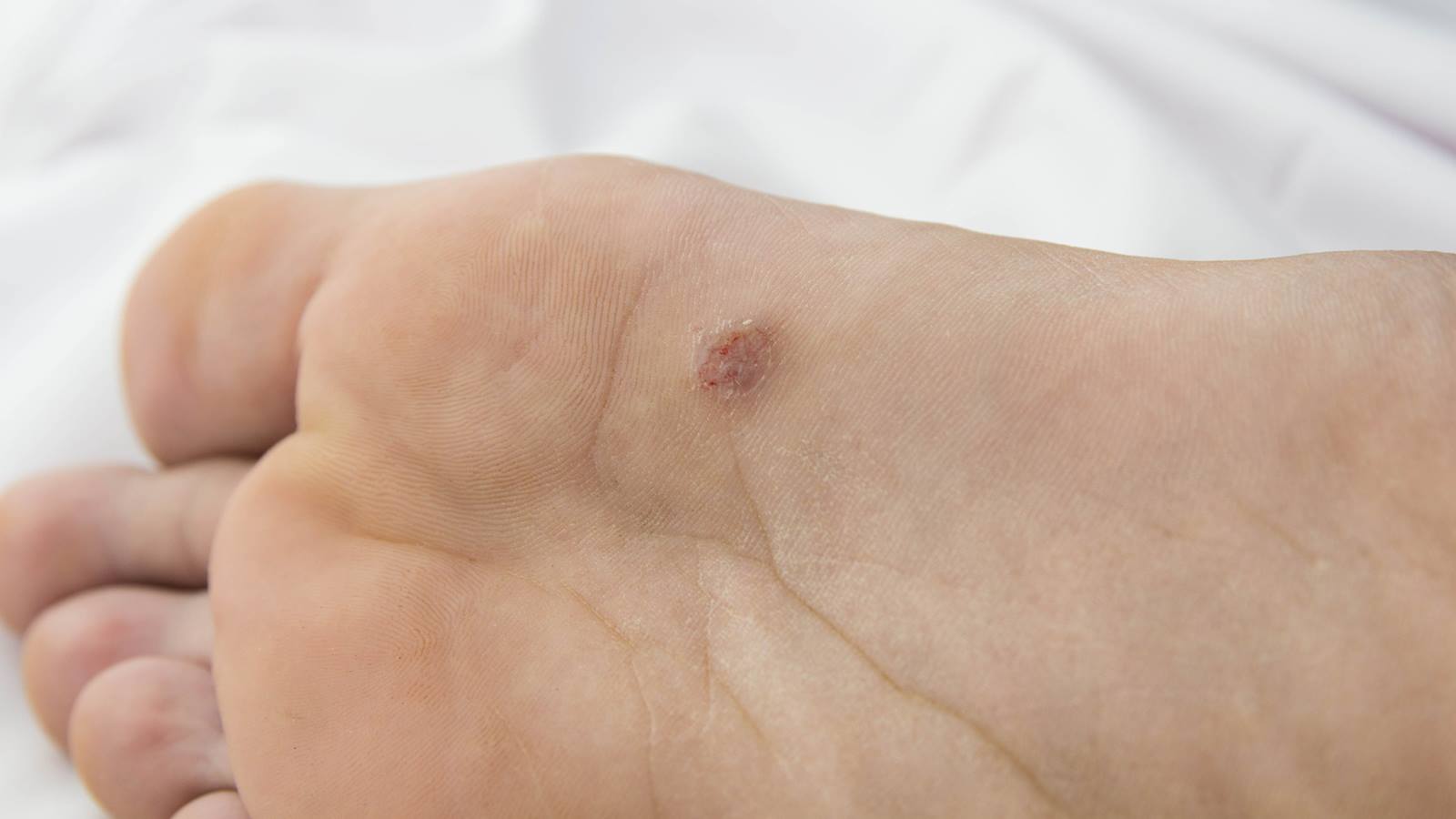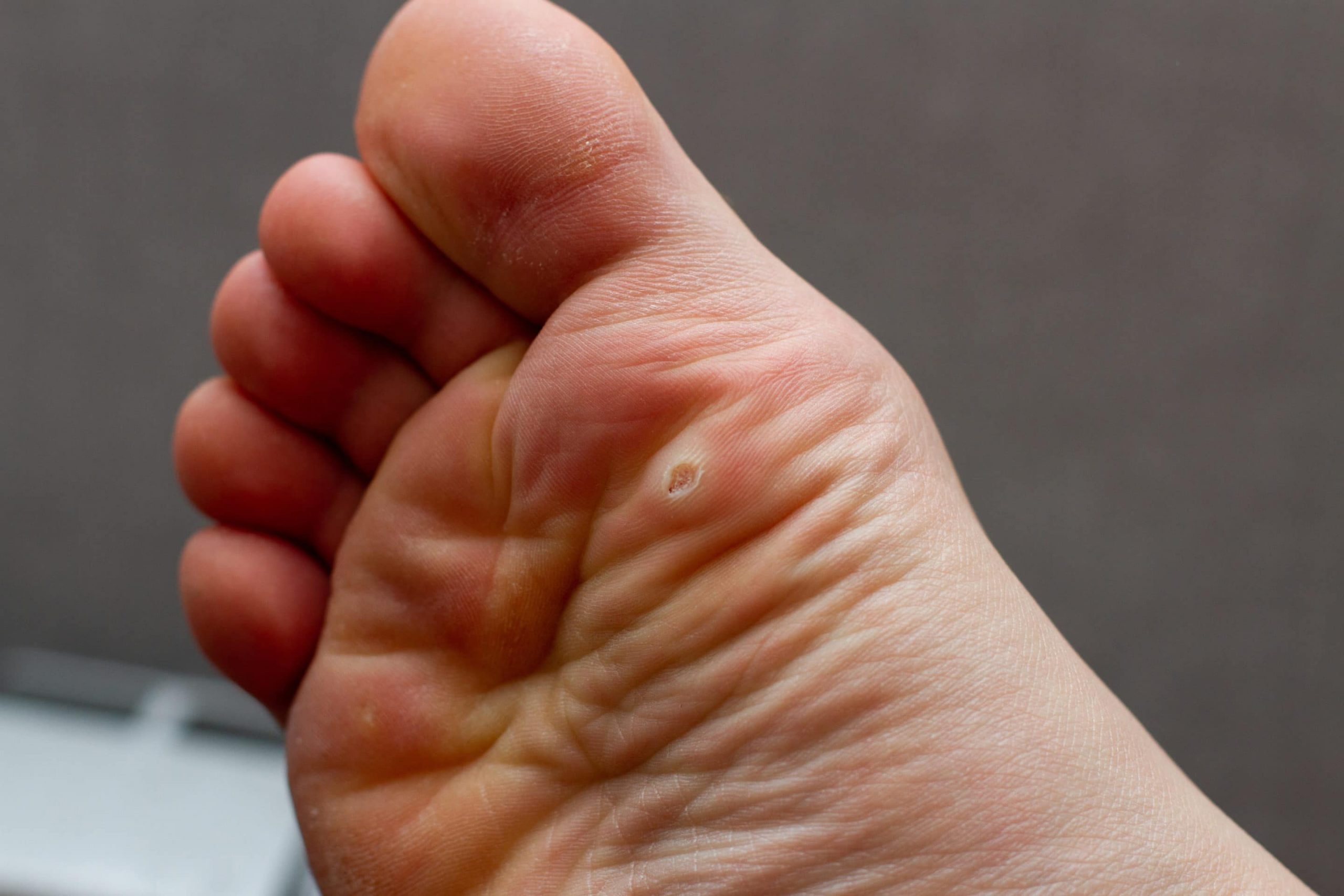An ingrown toenail may not sound like a medical concern, but if it’s painful, looks infected, or keeps occurring, you should have a podiatrist take a look. If you’re not sure what to look for, an ingrown toenail is when the side or corner of your toenail grows into the soft flesh of your skin. The result is often inflamed skin, swelling, pain, and can lead to infection if not treated. To relieve your discomfort, contact Dr. Tucker and she will help you avoid further complications.
Ingrown Toenail Q & A
What is an ingrown toenail?
If a toenail is ingrown that means the corner or side has grown into the surrounding skin. Ingrown toenails are most likely to affect your big toe. The area is usually at least somewhat painful and tender, and there’s a risk of infection.
Ingrown toenails usually result from improper grooming. It’s important that you trim your toenails straight across. They may become ingrown if you cut them too short or leave rounded or jagged ends. Other factors that contribute to ingrown toenails include:
- Poor foot hygiene
- Socks or shoes that are too tight
- Recently stubbing your toe
- Poor posture when walking or standing
Many ingrown toenails are treatable at home. You don’t always need to schedule an appointment. However, if you’re in significant pain, the symptoms are getting worse, or the nail appears to be infected, schedule an appointment as soon as possible.
How are ingrown toenails treated?
The majority of ingrown toenails are minor and respond to simple at-home self-care. You can usually tell if you only have a minor ingrown toenail; the pain, redness, and swelling aren’t too bad. If that’s the case, perform the following steps until symptoms improve, which should take 2-4 days:
- Soak your feet in warm water with Epsom salts or a mild detergent 3-4 times a day for 15-20 minutes at a time
- Apply antibiotic ointment to the ingrown toenail and cover it with a bandage after soaking
- If possible, wear sandals or other open-toed shoes, as closed-toed shoes and socks can irritate the toenail
- If the pain is bothering you, take an over-the-counter pain reliever, such as ibuprofen or acetaminophen
It’s important to get medical attention as soon as possible if your ingrown toenail becomes infected. Call right away if your symptoms get worse, or if you notice pus draining from the area. Ingrown toenails are also necessary to treat if you have diabetes or a circulatory problem as they’re more prone to infection.
Dr. Lim offers same-day service to treat ingrown toenails that are painful or infected.
If you have an infected ingrown toenail, he may prescribe a course of antibiotics. If the infection doesn’t clear up, he may recommend surgery to remove the infected part of your nail and allow a healthy nail to grow back. This is a simple outpatient procedure performed with a local anesthetic, and you can usually return to your usual activities the next day.
How can I prevent ingrown toenails?
Dr. Lim wants your ingrown toenail to be your last. He can help you avoid ingrown toenails in the future. Preventive steps you can take include:
- Making sure to trim your toenails straight across and not too short
- Always wear shoes and socks that leave enough room for your toes
- Cleaning your feet and nails every day
- Taking off your socks and shoes so your feet can breathe after you run, play soccer, or do other forms of high-impact exercise
To get treatment for an ingrown toenail, schedule an appointment.












